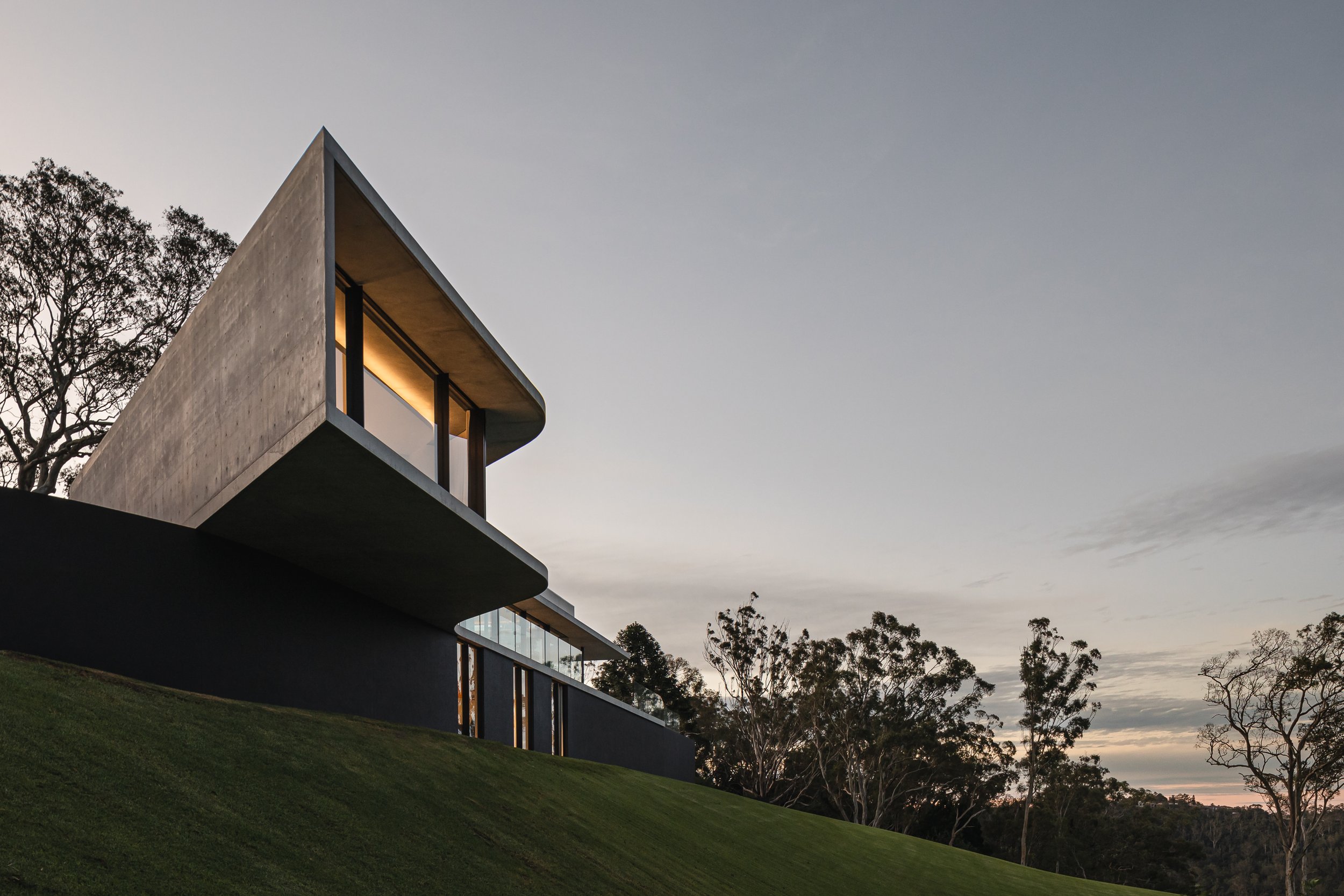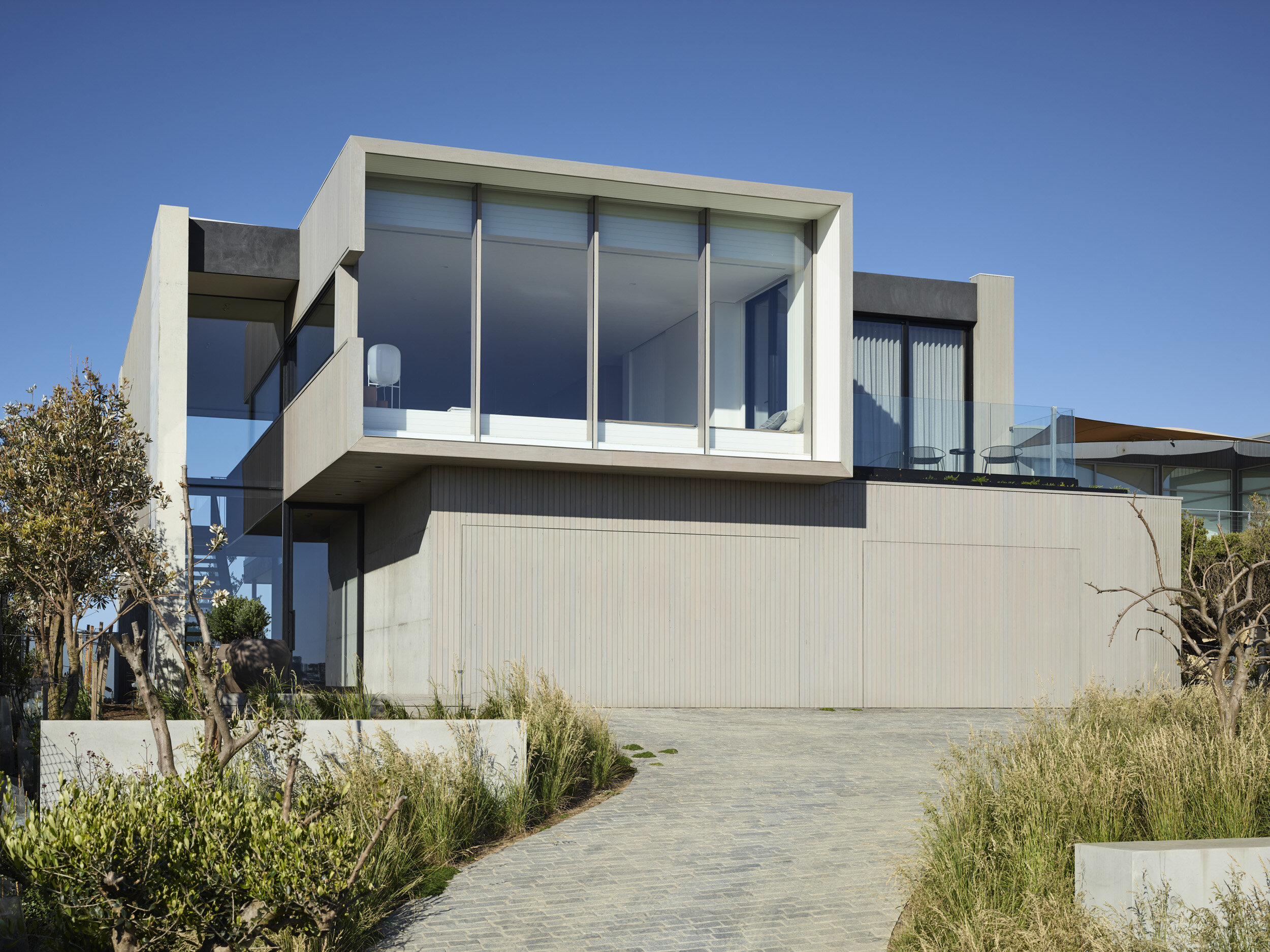Residential Interior Architect: Transforming Your Interior Spaces into Works of Art
Residential Interior Architect: Transforming Your Interior Spaces into Works of Art
Blog Article
Exactly How Residential Architects Create Custom-made Houses for Every Lifestyle
The process whereby household architects style personalized homes is a nuanced interplay of recognizing customer needs and converting those insights into useful living spaces. Via thorough examinations and using layout devices, designers record the essence of their customers' way of lives, ensuring that each home reflects personal values and aspirations. This collective approach extends beyond first principles, incorporating ingenious technologies and lasting techniques to boost day-to-day living. As we explore the detailed steps associated with this transformative process, a much deeper gratitude for the engineer's role in forming one-of-a-kind environments begins to arise.
Recognizing Customer Requirements

Effective communication is paramount in this process. Architects ought to motivate clients to express their lifestyles, family members characteristics, and future aspirations, ensuring that the style reflects their special identity. By employing devices such as questionnaires, interviews, and aesthetic studies, designers can gather valuable insights right into the customer's vision.
In addition, comprehending the context in which a home will certainly exist is vital. Designers must consider variables such as the site characteristics, neighborhood environment, and cultural impacts that can affect the layout. This all natural method allows for the development of spaces that are not just cosmetically pleasing yet lasting and likewise useful.
Eventually, a deep understanding of customer needs allows designers to produce personalized homes that boost the lifestyle for their residents, cultivating a feeling of belonging and comfort within their living atmospheres.
Layout Refine and Partnership
The style process in domestic design is a dynamic interaction of creativity and cooperation, where designers, clients, and numerous stakeholders work carefully to bring a vision to life. This repetitive journey normally begins with a series of meetings to develop an extensive understanding of the customer's goals, choices, and lifestyle requirements. Throughout these conversations, designers collect essential details, enabling them to conceive layouts that straighten with the client's vision.
Complying with the first appointments, the design phase advances via illustrations, 3D models, and architectural makings. This visual interaction functions as a tool for engineers to present ideas, while likewise welcoming client feedback, ensuring that the final style reverberates with their assumptions. Reliable cooperation with designers, contractors, and indoor developers is crucial throughout this phase, as it makes sure that all functional facets of the job are flawlessly incorporated.

Incorporating Way Of Life Components
Including lifestyle aspects right into domestic style is essential for producing areas that genuinely resonate with the occupants. residential architecture homes. This procedure begins with recognizing the one-of-a-kind demands, choices, and day-to-day routines of the house owners. Designers engage in comprehensive conversations to uncover how the specific or household uses their room, whether for amusing guests, pursuing pastimes, or looking for silent retreat
As soon as these understandings are collected, engineers can tailor layout features that improve daily experiences. Open flooring plans may be created for family members that prioritize togetherness, while committed work spaces can be incorporated for those who function from home. Outdoor locations, such as outdoor patios or gardens, can be emphasized for family members that delight in outside activities or entertaining.
Additionally, adaptability is a crucial consideration; multi-functional rooms enable adaptability as way of livings progress over time. Personalized storage options can also be incorporated to fulfill certain organization needs, blog here making certain that the home remains functional and clutter-free. Eventually, by thoughtfully weaving lifestyle elements into the building fabric, residential designers develop customized homes that not just meet visual desires yet likewise considerably improve the top quality of life for their clients.
Lasting and Smart Design
Sustainable and clever design increasingly plays a pivotal duty in household architecture, as house owners seek to minimize their environmental effect while enhancing their living experiences. Designers are now integrating environment-friendly products, energy-efficient systems, and ingenious technologies to develop homes that not only satisfy aesthetic needs but also offer the world.
Including eco-friendly energy resources, such as solar panels and wind turbines, enables homeowners to harness natural deposits, dramatically minimizing reliance on typical power grids. Smart home innovations further boost sustainability by enhancing energy use through automated systems that manage home heating, lighting, and cooling based upon occupancy and preferences.
Additionally, using sustainable structure products-- like recovered wood, bamboo, and recycled steel-- promotes a circular economic climate, reducing waste and source usage. Architects likewise stress easy layout principles, making certain homes are oriented for optimum natural light and air flow, consequently decreasing the need for synthetic cooling and heating.
In addition to eco-friendly benefits, smart and sustainable layout adds to the overall comfort and wellness of residents. By prioritizing indoor air high quality and natural components, designers produce areas that foster wellness, allowing home owners to prosper attuned to their setting.
Completing and Applying Strategies
Settling and implementing strategies is a crucial stage in the domestic architecture process, where the vision of a customized home begins to materialize. This stage involves careful interest to information, guaranteeing that every aspect of the design is exactly articulated and ready for construction. residential architecture homes. Architects collaborate carefully with customers to review final strategies, addressing any kind of last-minute adjustments or issues, while ensuring that all components straighten with the home owner's way of life requirements
As soon as plans are finalized, architects prepare thorough building and construction documents, including thorough drawings and specifications that act as a blueprint for home builders. These records lay out materials, coatings, and setup techniques, giving quality for professionals and subcontractors. In addition, company website securing essential permits and adhering to neighborhood structure codes is vital, as it makes sure conformity and smooth project implementation.
By promoting a collaborative atmosphere, engineers can guarantee that the execution straightens with the initial vision. Inevitably, this important phase transforms ideas into fact, laying the structure for a home that reflects the one-of-a-kind way of living and preferences of its residents.
Verdict
In final thought, residential designers play a pivotal function in crafting customized homes that cater to diverse way of livings. With precise understanding of client requirements, joint layout procedures, and the combination of lifestyle aspects, architects ensure that each home reflects private choices.
The procedure by which residential engineers design personalized homes you could try these out is a nuanced interaction of comprehending customer needs and equating those insights into useful living rooms. Via comprehensive assessments and the use of design devices, engineers catch the essence of their clients' lifestyles, making sure that each home reflects individual worths and goals. Engineers need to urge clients to articulate their way of livings, family members dynamics, and future aspirations, ensuring that the style mirrors their special identity.The layout procedure in domestic architecture is a vibrant interplay of creative thinking and partnership, where designers, clients, and different stakeholders work very closely to bring a vision to life - residential architecture homes. Through thorough understanding of customer needs, joint style processes, and the combination of lifestyle components, designers make certain that each home shows individual preferences
Report this page